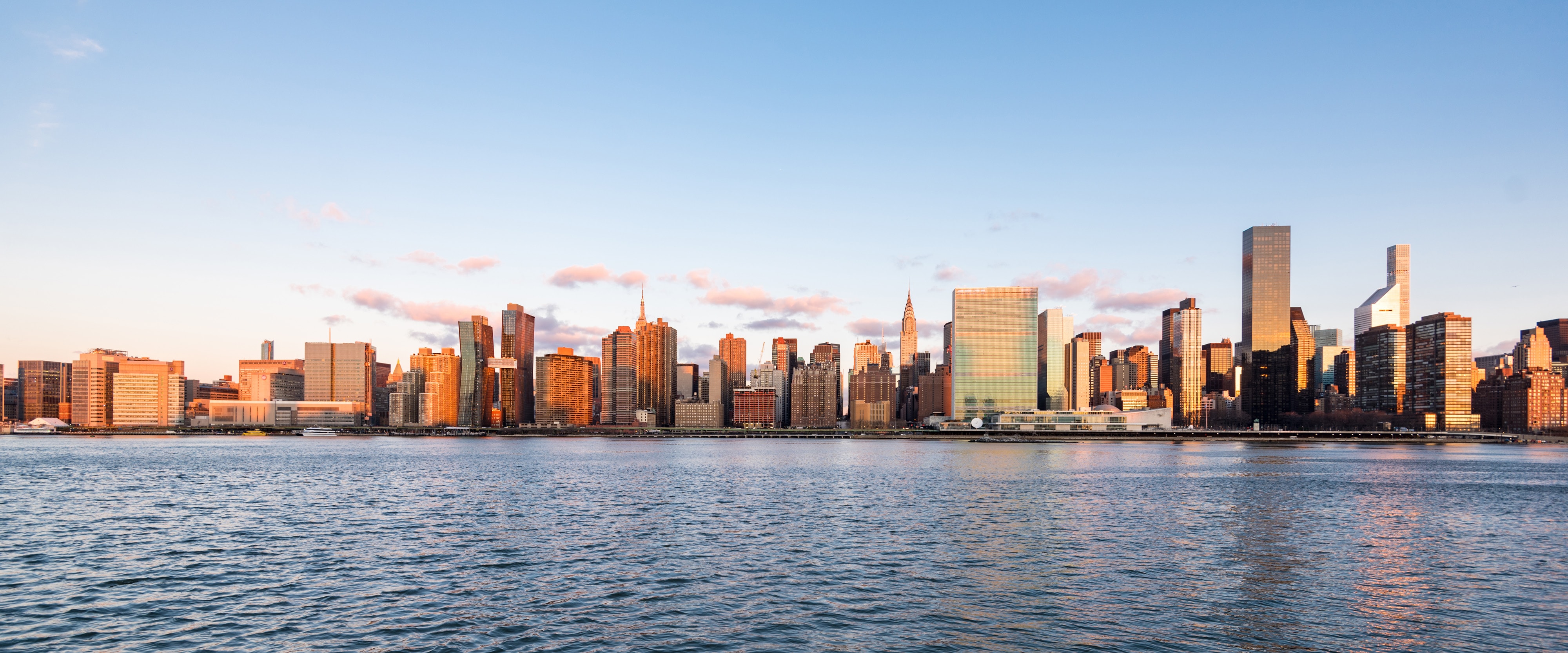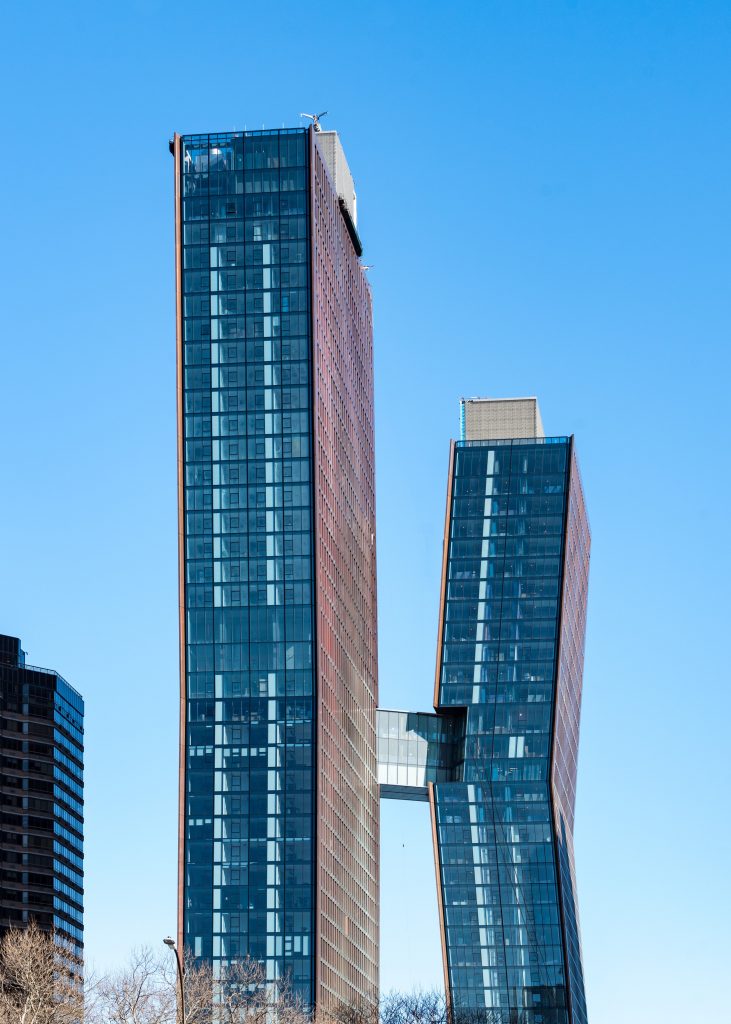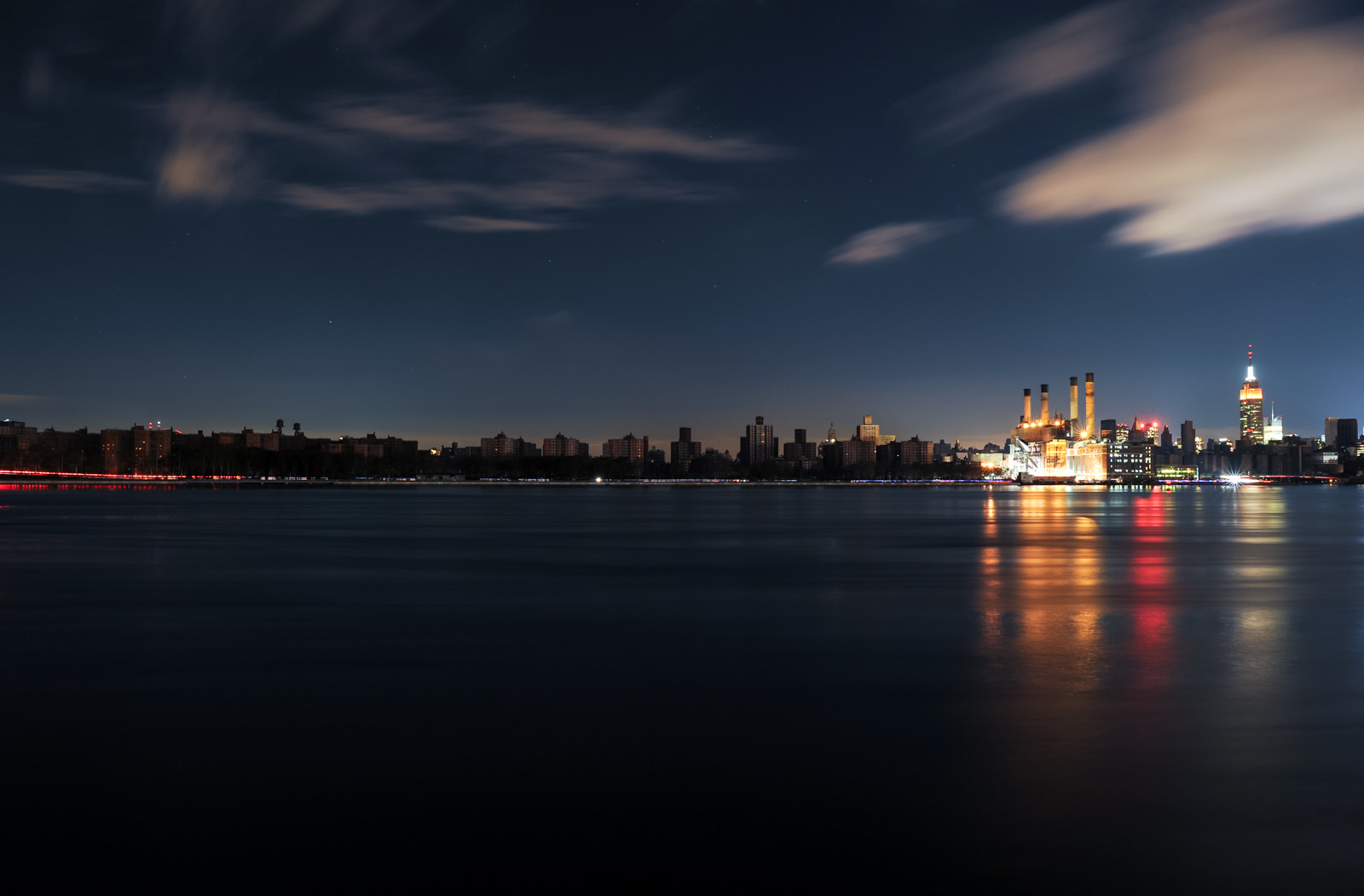Building A Flood-Proof Skyscraper Resilient To Climate Change
After the flooding damage from Superstorm Sandy, New York developers are designing buildings with big storms in mind.

The "dancing towers" of American Copper Buildings on the banks of the East River. Credit: Jonathan Morefield/JDS Development Group
This article is part of our special coverage of Hurricane Harvey. Learn how storms like Harvey could be the “new normal,” and how the storm could be a disaster for public health.
In October 2012, Superstorm Sandy hit areas of the New York metropolitan area like a sledgehammer. In New York City alone, more than 300,000 homes and 23,000 businesses were affected by the storm, according to a 2012 report, and 17 percent of the city’s total land mass was underwater. In flood zones, homes were damaged and even rendered uninhabitable.
The flooding took “only a matter of hours, but the problems linger,” says Simon Koster, a mechanical engineer and a principal at JDS Development Group. “Truly critical problems lingered between about three and six days, where a lot of places were uninhabitable. But there were long-term effects — depending on where you were — anywhere between two months to probably over a year in some areas.”
Some scientists say that climate change is playing a role in creating higher sea levels and larger, stronger storms with whiplashing winds, torrential rainfall, and more intense surges. Construction firms like JDS Development Group are investing in resilient infrastructure — buildings that can withstand flooding and power outages from future natural disasters.
[Are storms like Sandy and Harvey the new normal?]
In the wake of a hurricane, the cost to rebuild and repair inundated homes, businesses, and buildings can be crippling for a city. Superstorm Sandy cost about $70 billion in damages and Hurricane Katrina cost New Orleans an outstanding $160 billion, according to the National Oceanic and Atmospheric Administration. Analysts are currently crunching the numbers for Hurricane Harvey in Texas, and their estimates range from $11 billion to up to $80 billion. There are codes that enforce precautionary measures for buildings in flood zones, but it’s up to the building manager to go beyond the minimum requirements for residents or the longevity of the structure.
“It’s entirely a builder or a property owner’s choice of whether they want to do extra work to prevent property damage or have the right insurance or not,” says Koster. “Those are the choices that people are starting to make voluntarily.”
When Superstorm Sandy reached the east coast, Koster and his team at JDS were purchasing a site next to the East River in Manhattan for the American Copper Buildings, a waterfront apartment complex. The area was flooded by the storm, and the partially excavated lot filled with water.

To design a building resilient to hurricanes, the team thought about what could and could not get wet as well as the short- and long-term effects of a flood, explains Koster. In American Copper, the developers decided to fortify the two towers with features that would mitigate the effects of a hurricane, including a flood resilient basement and lobby and a park that doubles as a bioswale. Mechanical equipment that would typically be found in the basement — such as generators, electrical switchgear, and pumps — is on the second floor, above the flood line.
[How cities are preparing for more extreme weather.]
Nearly 2 million people were left without power during the storm, and some “were living in buildings for no power for fives days or a week,” Koster says. “So we elected to put things like water pumps, elevators, lights, electrical charging outlets, people’s refrigerators, and all those things on emergency power.”
The two megawatt system uses natural gas, and could potentially run indefinitely, he says. The main lobby is also lined with stone rather than other materials, like wood or drywall, that may weaken from moisture. The team also noticed that elevators serving all the floors, from the basement subfloors to the very top, became inoperable during the storm. They sidestepped this issue by designing separate passenger elevators that do not go down to the basement.
[Gauging the impact of climate change on hurricanes.]
Additionally, the park on the property serves as a protective barrier to prevent flood water from getting into the buildings in the first place. Specially selected saltwater-resistant plant species help create a water-soaking bioswale, and a drain pumping system collects and stores rainwater before slowly pumping it into the city sewer system, says Koster.
Since erecting the two copper-clad, angular towers, JDS now considers flood resilient features for every single property during the design process, Koster says. For example, in Miami, where sidewalks and streets are being raised in response to climate change, the group is designing a resilient residential building in South Beach that will be one of the first buildings built to the new elevations, says Koster.

Parts of lower Manhattan are plunged in darkness during a blackout from Hurricane Sandy. Credit: Reeve Jolliffe/flickr/CC BY-NC-ND 2.0
Although it may not be common now, this kind of resilient architecture will become woven into the fabric of cities and towns, creating a “new normal.”
“The ‘new normal’ sort of implies that things have settled into a new state, and you just have to figure out how to sort of deal with that new state,” says Michael Mann, a meteorology and geosciences professor at Pennsylvania State University.
“With climate change, it’s an ever-shifting baseline,” Mann says. “It’s not stopping here. We’re going to continue, in principle, to see worse and worse events of this sort — stronger storms producing even greater amounts of rainfall if we continue to warm the planet and warm the oceans.”
[Kim Stanley Robinson tackles how to keep a drowning city afloat.]
Builders like JDS are working to be better prepared because it is not a question of if a storm strikes, but when.
“There’s no one at least that I know in New York City that thinks Hurricane Sandy will never happen again. It will happen, it’s just a matter of time,” says Koster. “Given the events of this week, I think we’re going to see that more and more people are going to be actively following the building code and then taking it that much further.”
Lauren J. Young was Science Friday’s digital producer. When she’s not shelving books as a library assistant, she’s adding to her impressive Pez dispenser collection.